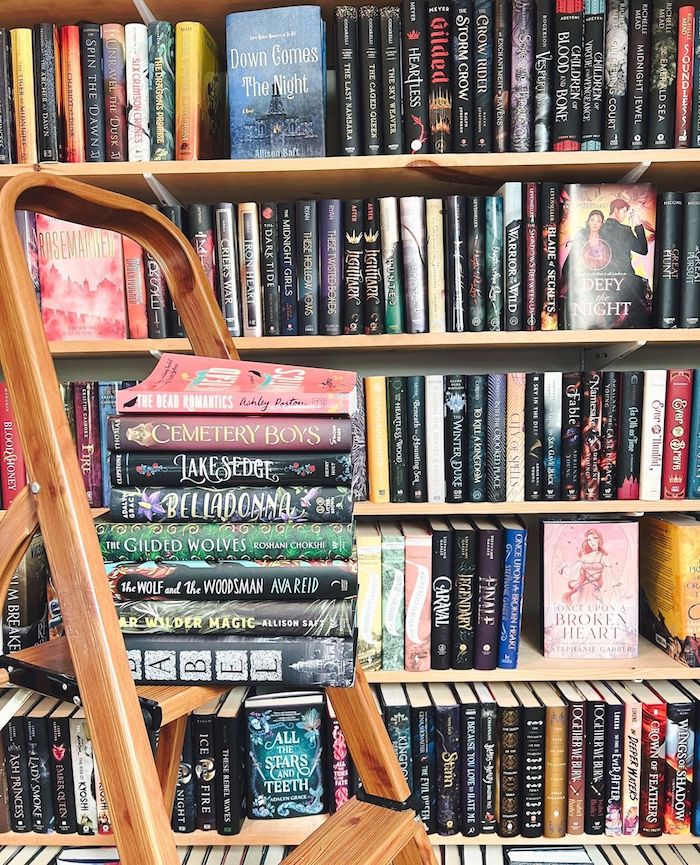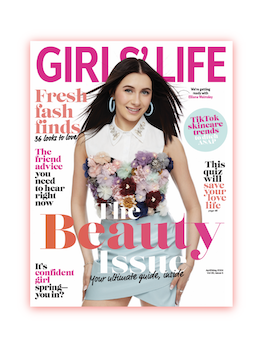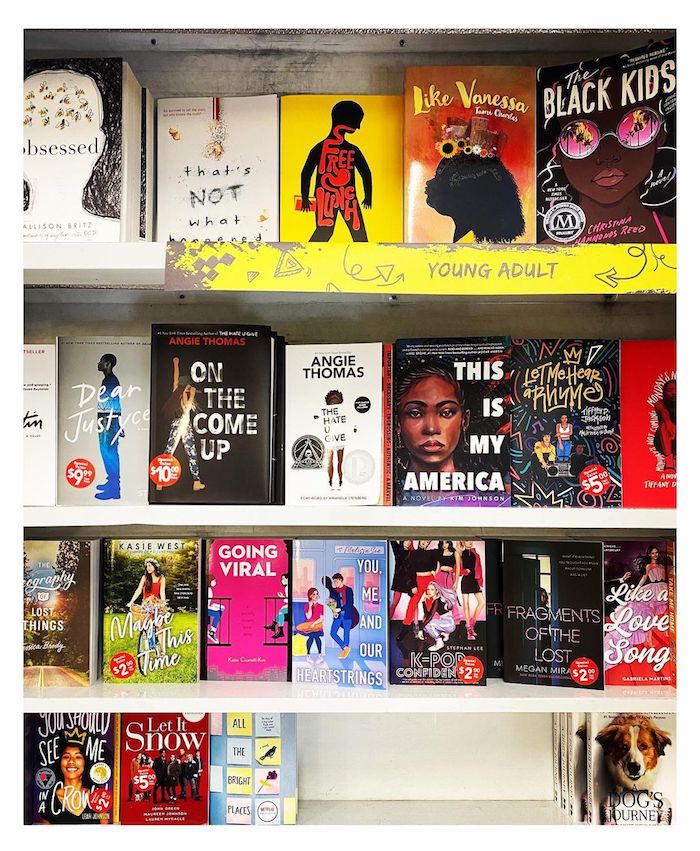BOOKS
Rad Reads
The difference between young adult and new adult—and why it matters

This essay reflects the thoughts and opinions of the author.
With any introduction of a new sub-genre comes a fair share of debate over where books fall into them. Think of children's books that seem better for young adults or young adult books that seem like they would fall into adult territory.
Perhaps the best example of this right now is the classification fight happening between young adult and new adult novels. What is the difference between the two, and is there a limit on who can read what genre?
Well, the first question is easy to answer. The basic difference between young adult and new adult is that they are made for entirely different audiences of people.
Young adult readers range in age from 12-18. The characters in these books are similarly aged and tend to be in middle school or high school. Their stories focus on coming of age, with problems involving issues with identity, family and growth.
On the other hand, new adult characters are out of high school and sometimes even out of college (think ages 18-30). These books often contain more intense themes and deal with problems like marriage, first jobs and independence.
Should the 12-18 audience be able to read these new adult books? It's a tricky subject.
Of course, there aren't age limits on books. A 19-year-old can read a young adult book while a 16-year-old can read a book that is long and difficult even for many adults. The young adult and new adult genres aren't meant to force readers into categories. However, the genres are meant to give a general warning of content.
The problem isn't reading skill level—the problem is maturity. Introducing readers to heavier topics before they are ready for them can lead to confusion, desensitization and a lack of understanding.
It would be like introducing The Hunger Games or Looking for Alaska to a second grader. Even if they had the skill level to understand the books at a surface level, they wouldn't have the life experience to understand several of their key issues.
None of this is to say we can't experiment with genres and only let ourselves read what others deem "appropriate" for us. It's crucial that we read authors with different perspectives—and yes, that often involves books with heavier themes.
There are ways to read these topics without being introduced to graphic content. For instance, there are young adult books with heavy themes like mental health problems, drug addictions and violence that explain these ideas just as well as adult novels.
In the end, no one can (or should) prevent you from reading a book. In fact, if they did, you'd probably just want to read it more. Nonetheless, you should still be careful about what books you read and make sure that the content is being delivered in a way that educates.
Need books to read? Check out the articles below for your next fav book:
📖 Books perfect for the fall season
📖 Must-read graphic novels for basically every genre
📖 Young adult mysteries to keep you on the edge of your seat
Join the conversation about books with @glbestiebookclub on Twitter!
Slider and top images via @caitsbooks | All GIFS via GIPHY
check these out!
you might like these
-
 Our latest Bestie Book Club pick will leave you wondering: Are you ready for your first kiss?
Our latest Bestie Book Club pick will leave you wondering: Are you ready for your first kiss?
-
 Your guide to making romantasy your reality inspired by The Encanto’s Curse
Your guide to making romantasy your reality inspired by The Encanto’s Curse
-
 How to fit reading into your busy schedule
How to fit reading into your busy schedule
-
.png?w=90&h=90&mode=crop) Our Bestie Book Club is seeing double: What 5 sets of sisters want you to know about being twins
Our Bestie Book Club is seeing double: What 5 sets of sisters want you to know about being twins

 become a contributor
become a contributor












.png?w=90&h=90&mode=crop)





